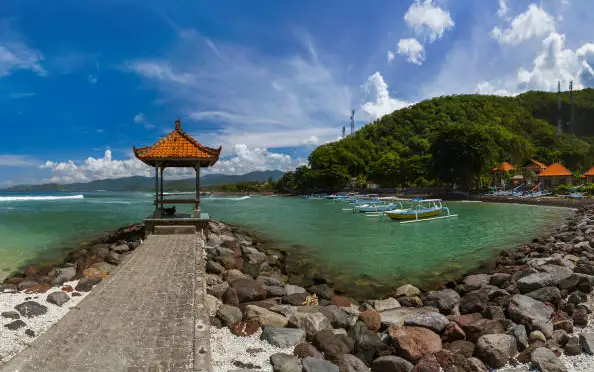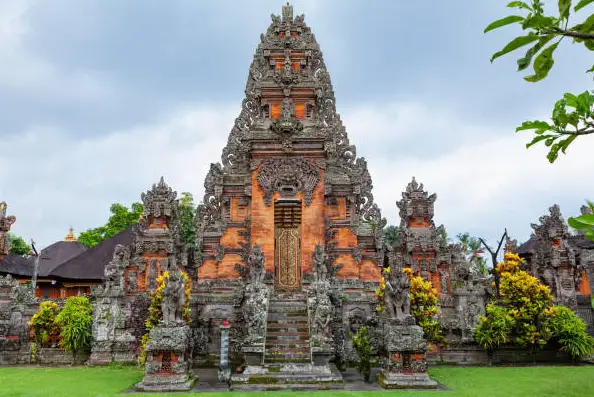What is the history of the Boer War in South Africa?
Post ByAdequate Travel
Summary
The Boer War was one of the most influential wars in South African history, with important implications that are still being felt today. In this article, we'll explore the history of the Boer War, from its origins to its impact on the region. Before embarking on your journey to south-africa, make sure to check the latest travel guidelines and entry requirements to ensure a smooth tripBackground:
The Boer War, also known as the South African War, was fought between the British Empire and the two Boer republics, the South African Republic (Transvaal) and the Orange Free State. It lasted from 1899 to 1902 and resulted in British victory, although it had a significant impact on South Africa's political landscape.
Causes:
1. British colonial expansion: The British Empire sought to gain control over the diamond and gold mines present in the Boer republics.
2. Transvaal's independence: The South African Republic, under Paul Kruger, wanted to maintain its independence and resist British influence.
3. Uitlanders issue: Thousands of British and other foreigners, known as "uitlanders," lived in the Boer republics and lacked political and economic rights, leading to tensions.
Outbreak:
The situation escalated when Leander Starr Jameson, a British colonial statesman, led a failed raid against the South African Republic in December 1895, aiming to incite a revolt by the uitlanders. This event, known as the Jameson Raid, heightened tensions between Britain and the Boer republics.
Course of the War:
1. Boer Offensives: The war began on October 11, 1899, with the Boers launching surprise offensives into British-held territories, capturing several towns and laying siege to others, such as Ladysmith and Mafeking.
2. British Counterattacks: British reinforcements led by General Redvers Buller launched counterattacks to relieve the sieged towns. Although initially unsuccessful, they managed to turn the tide of the war.
3. Guerrilla Warfare: After suffering heavy casualties, the Boers resorted to guerrilla tactics, using their superior knowledge of the terrain to ambush and disrupt British supply lines.
4. Scorched Earth Policy: In response to the guerrilla warfare, the British adopted a "scorched earth" policy, burning farms and destroying crops to deprive the Boers of resources and support.
5. Concentration Camps: The British also established concentration camps to house Boer civilians, leading to significant loss of life due to malnutrition and disease.
End of the War:
1. Peace negotiations: As the war dragged on and casualties mounted, both sides explored possibilities for peace. Talks began in May 1902.
2. Treaty of Vereeniging: The Treaty of Vereeniging was signed on May 31, 1902, formally ending the war. The Boer republics accepted British sovereignty, but with promises of self-government in the future.
3. Formation of the Union of South Africa: In 1910, the Union of South Africa was created, uniting the former Boer republics and British colonies under a self-governing dominion within the British Empire.
Impact:
1. British supremacy: The war solidified British control over South Africa and paved the way for further British dominance in the region.
2. Development of Afrikaner nationalism: The Boers' defeat and their experiences during the war fueled Afrikaner nationalism, leading to the rise of the National Party and ultimately apartheid policies in the 20th century.
3. Recognition of guerrilla warfare tactics: The Boer's innovative guerrilla warfare tactics influenced military thinking in the 20th century, particularly during World Wars.
While planning your trip, take note of any travel restrictions that may impact your itinerary, such as limited access to certain regions or attractions.Suggested Questions
- Old Faure Station, Cape Town: Horror Story, History & Paranomial Activities
- Kestell Hotel, Kestell: Horror Story, History & Paranomial Activities
- Tswaing Crater, Pretoria: Horror Story, History & Paranomial Activities
- Langham Hotel, Johannesburg: Horror Story, History & Paranomial Activities
- De Hoek Manor, Stellenbosch: Horror Story, History & Paranomial Activities
- Lady Grey Museum, Lady Grey: Horror Story, History & Paranomial Activities







